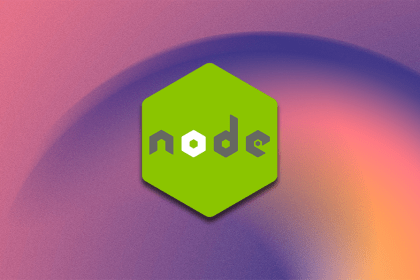
This tutorial builds a simple app to demonstrate communication between two sibling components using Redux, a popular state management tool.

Demonstrate how to automate releases and release notes with semantic-release in GitLab.

Learn all about how to implement push notifications in React Native in this ultimate guide and step-by-step tutorial.

Catch up on the new wave of Redux updates to Redux Toolkit, Redux core, React Redux, and more in the Redux environment.

The new signals feature introduced in Angular 16 is an exciting update to how we handle async operations. However, observables […]

Use CSS to animate SVGs and add text effects and animations to your website and improve interactivity.

We explore CSS Houdini, a set of APIs that can extend CSS styling and even create new features that aren’t part of the standard CSS toolkit.

Learn about worker_threads, the Web Workers API, and find some inspiration for how to use web workers to handle complex tasks.

Node apps usually use module-based routing, but it’s possible to implement file-based routing to enhance productivity, scalability, and more.

Import attributes are gaining traction in JavaScript and TypeScript. Let’s explore how they improve app efficiency, stability, and security.

Explore popular Rust GUI frameworks like gtk-rs, Tauri, and egui for building fast, complex GUI applications in Rust.

Let’s explore 10 impactful UX design trends that will change the way we experience technology in 2024 and beyond.